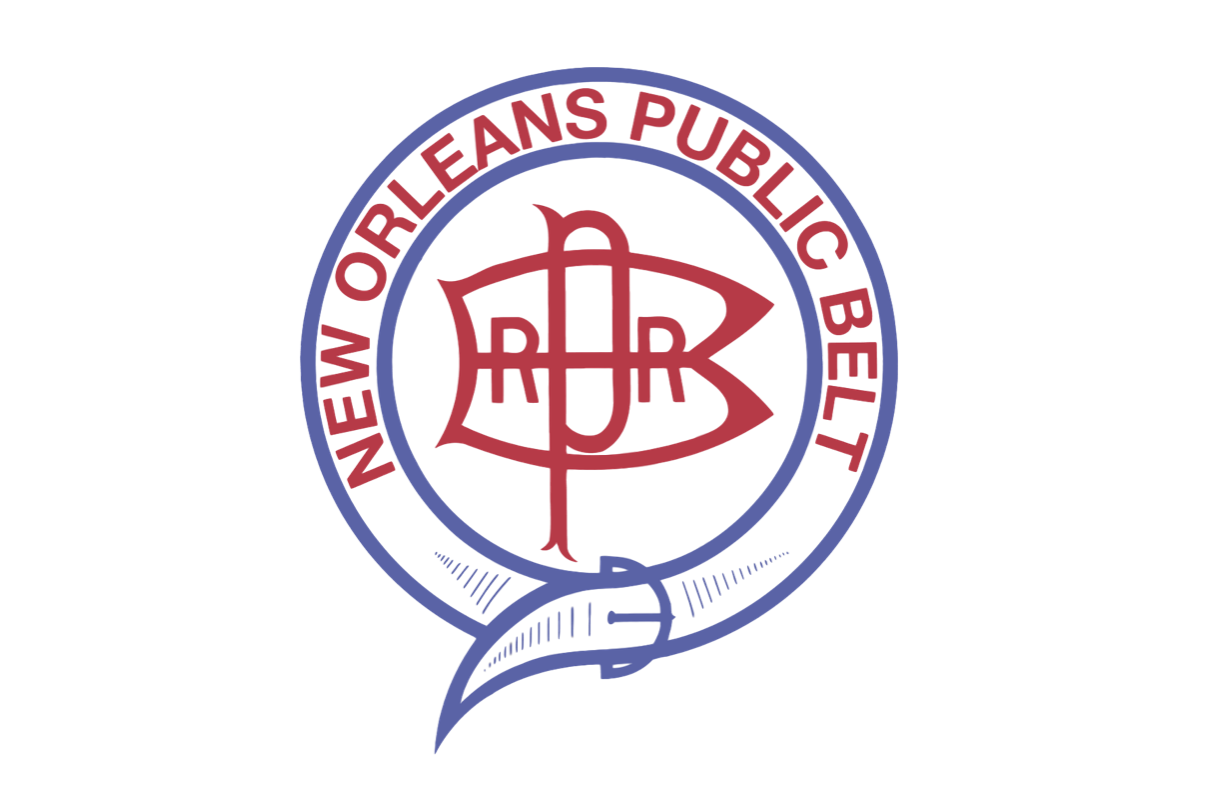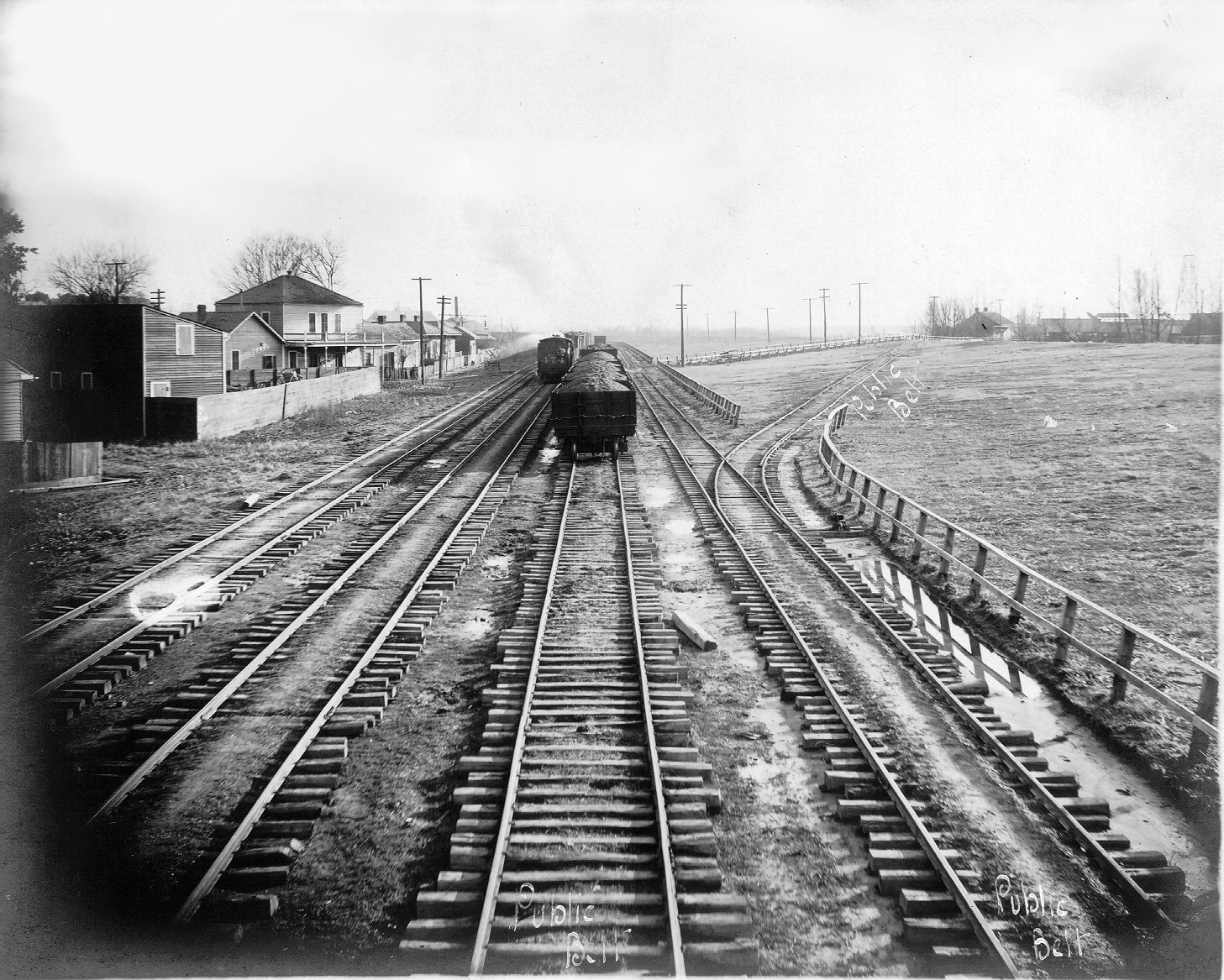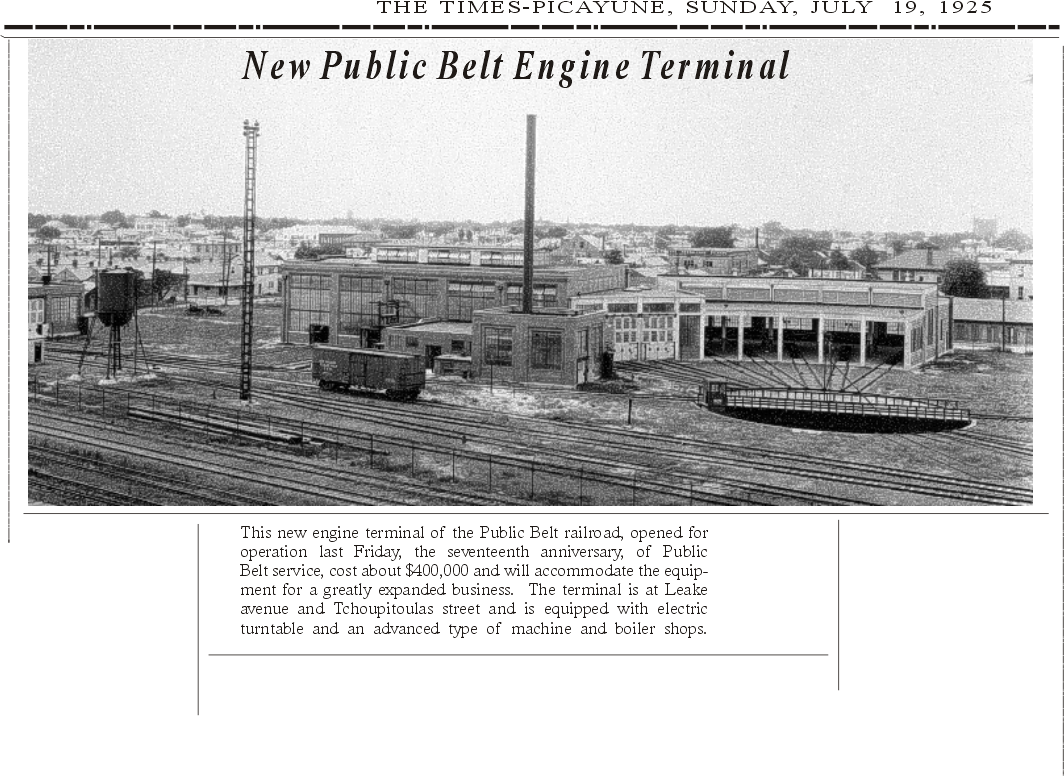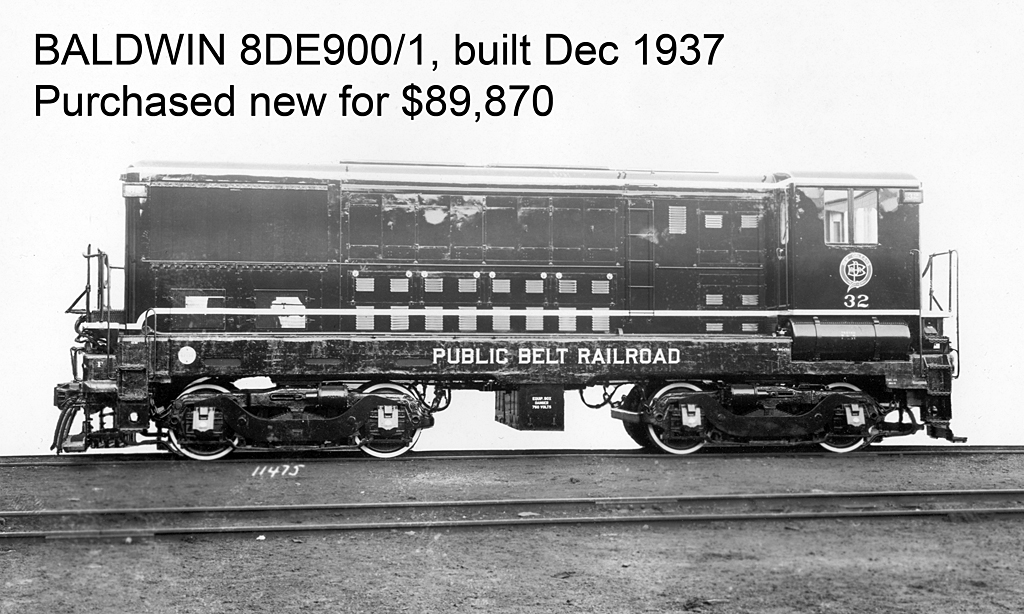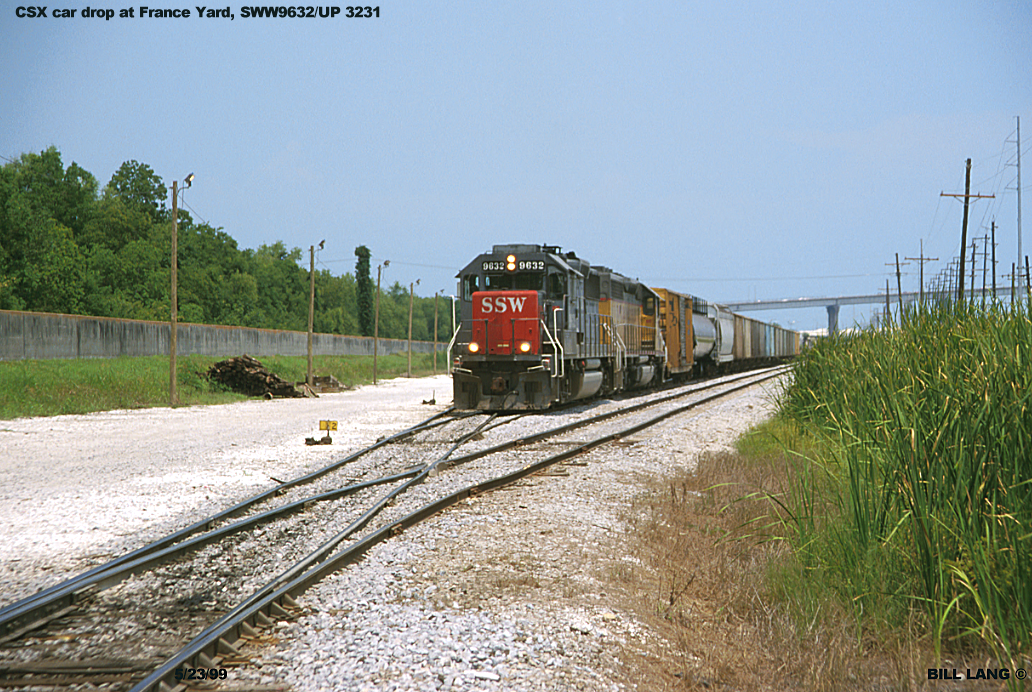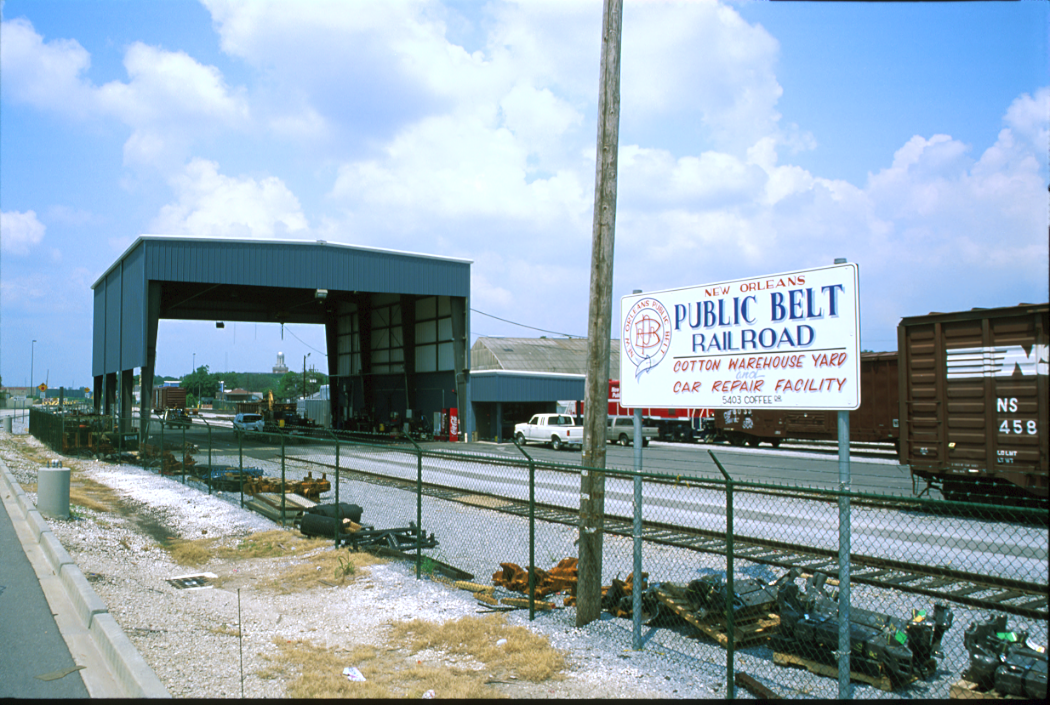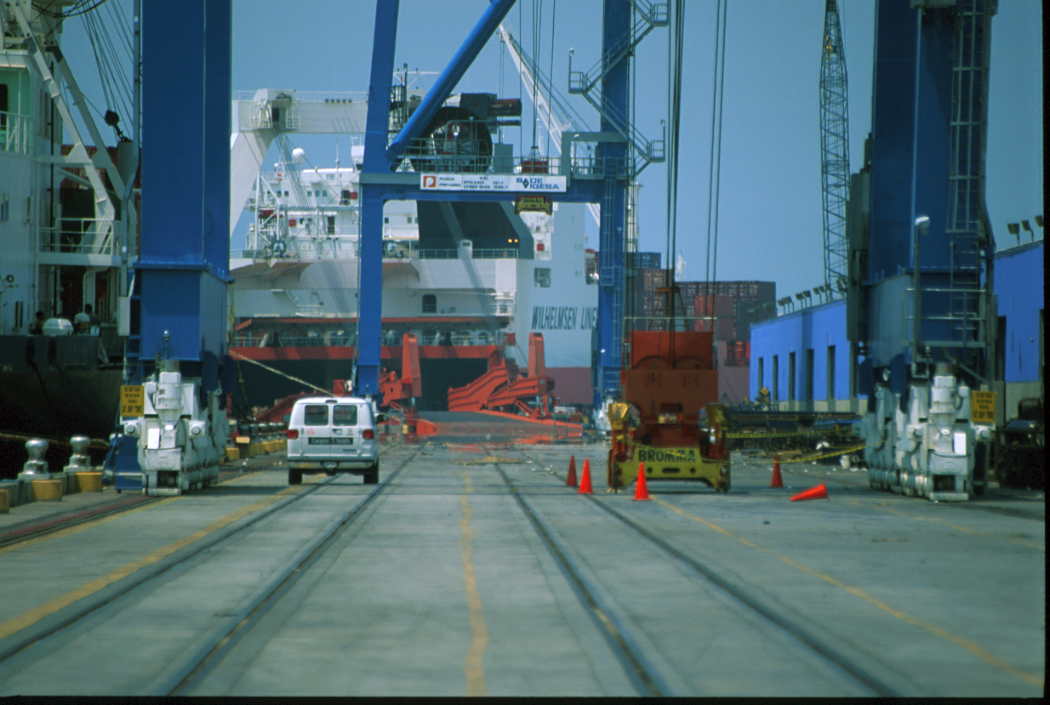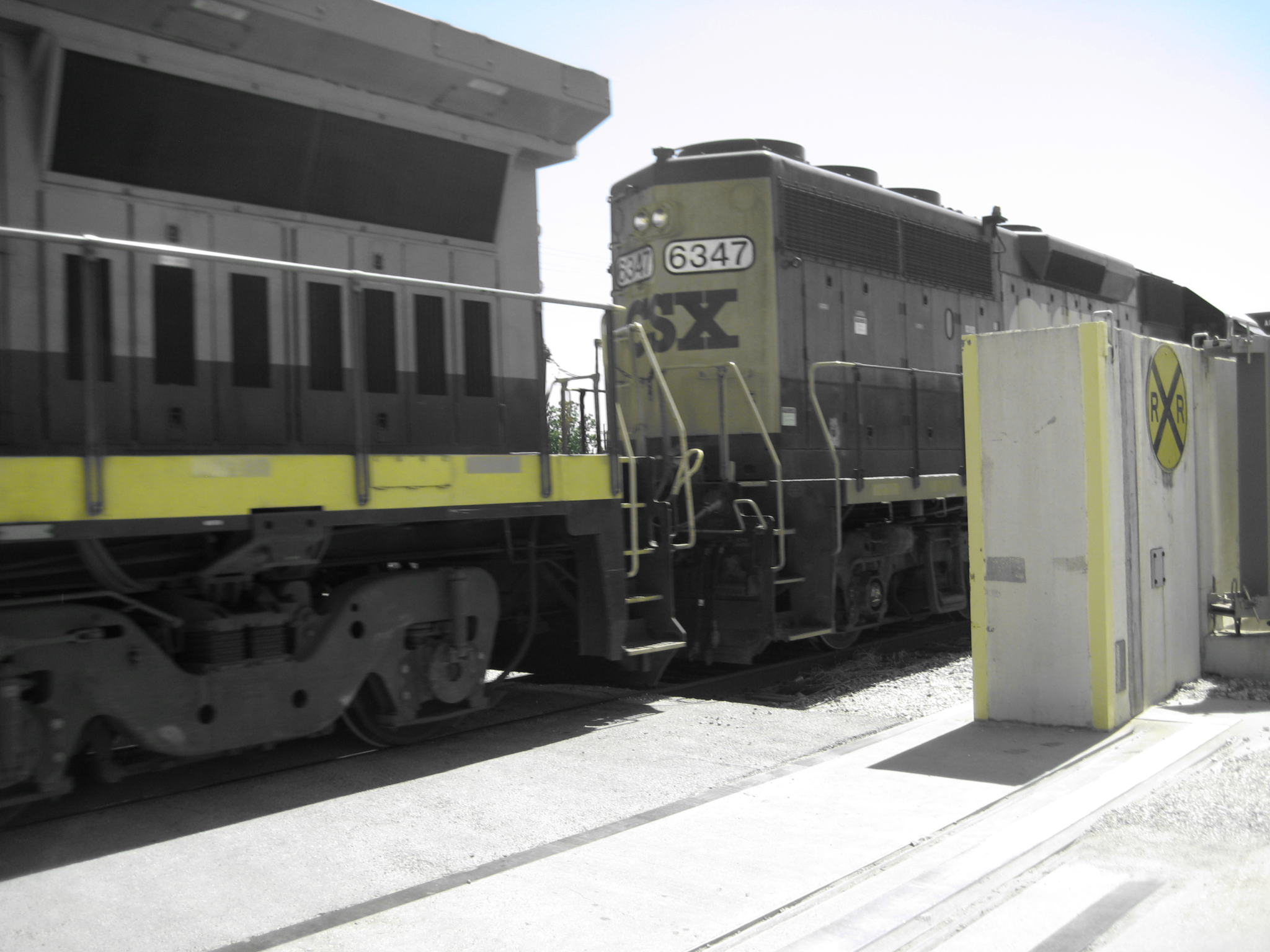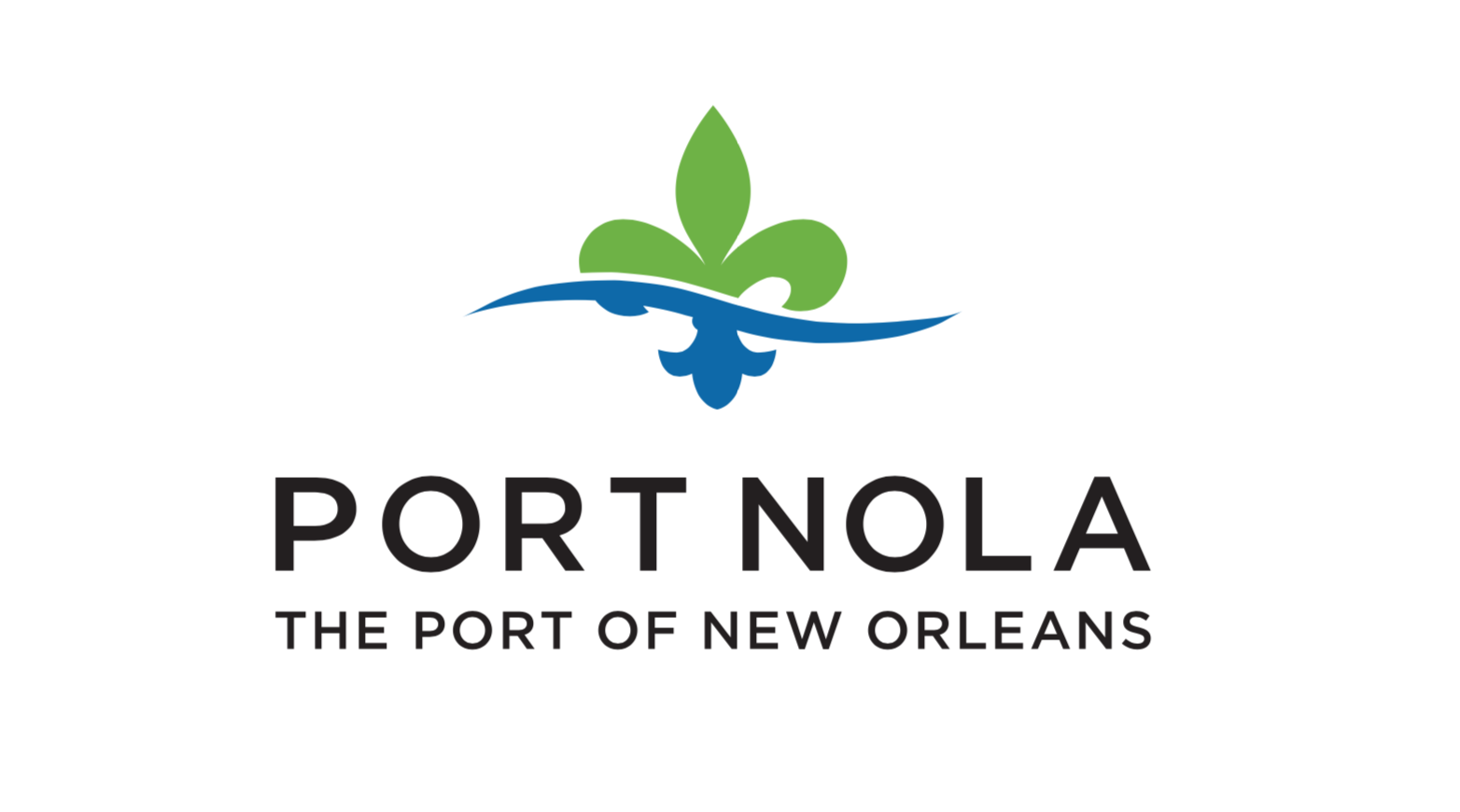1890
Conception of a New Orleans belt line railroad is discussed. Municipal Affairs Committee wants to provide railroad service to Port of New Orleans areas to encourage commercial development. At this time, individual trunk lines are serving different areas of the riverfront and barges are transporting railcars across the river.
